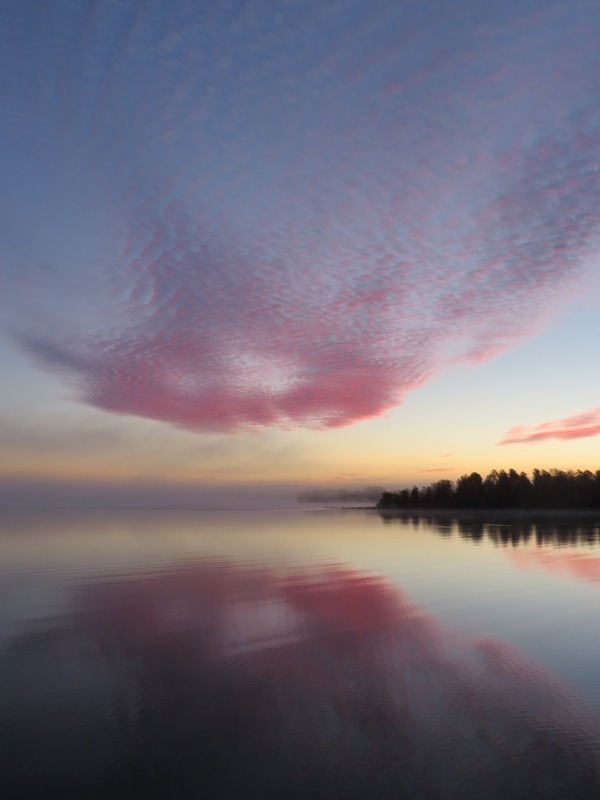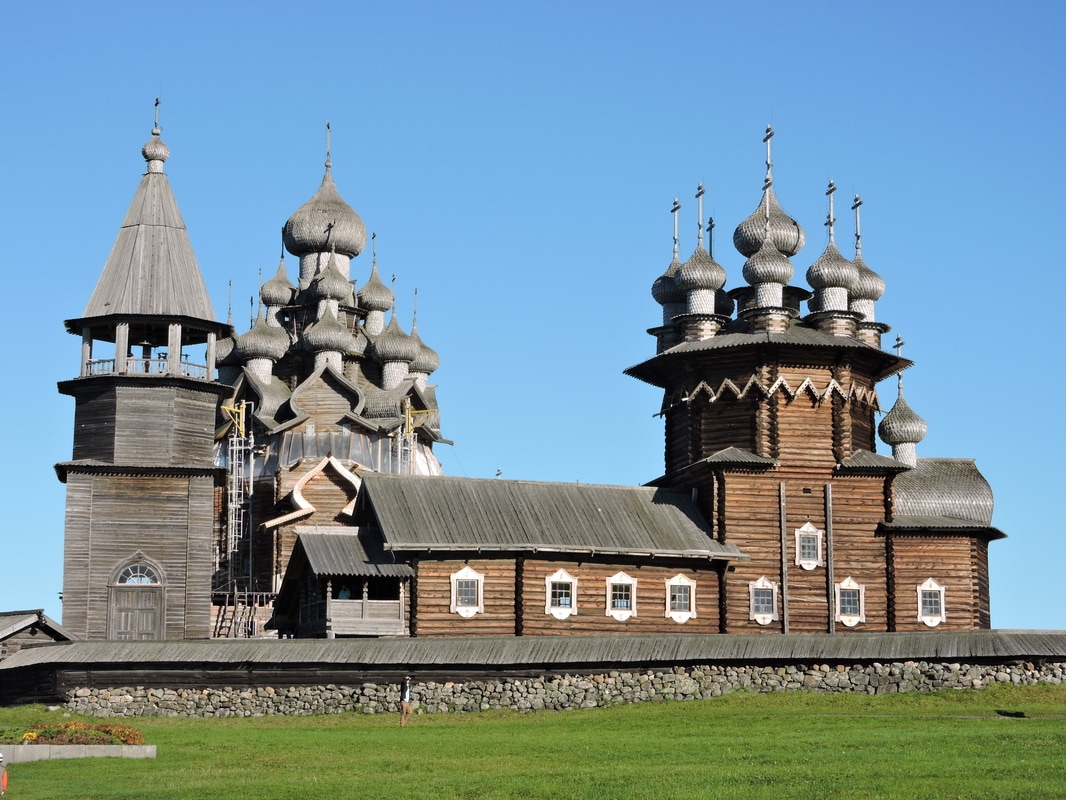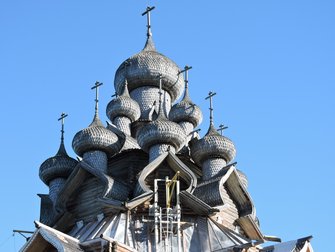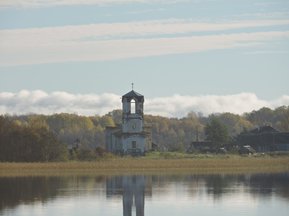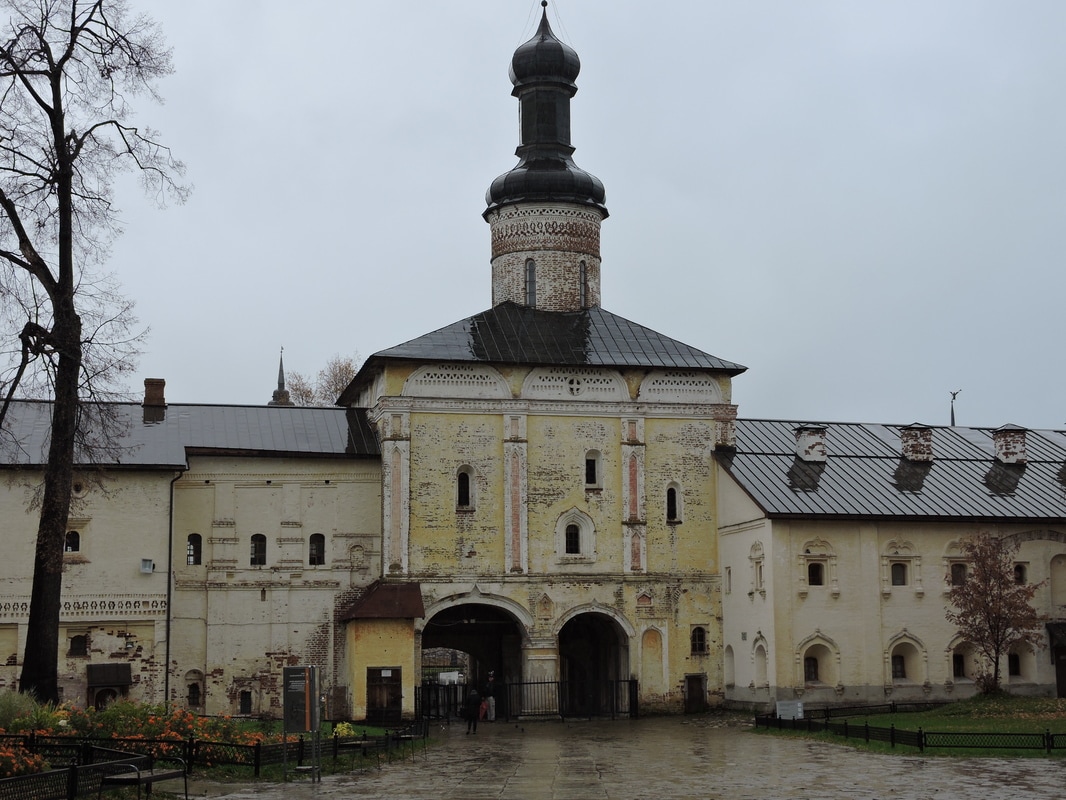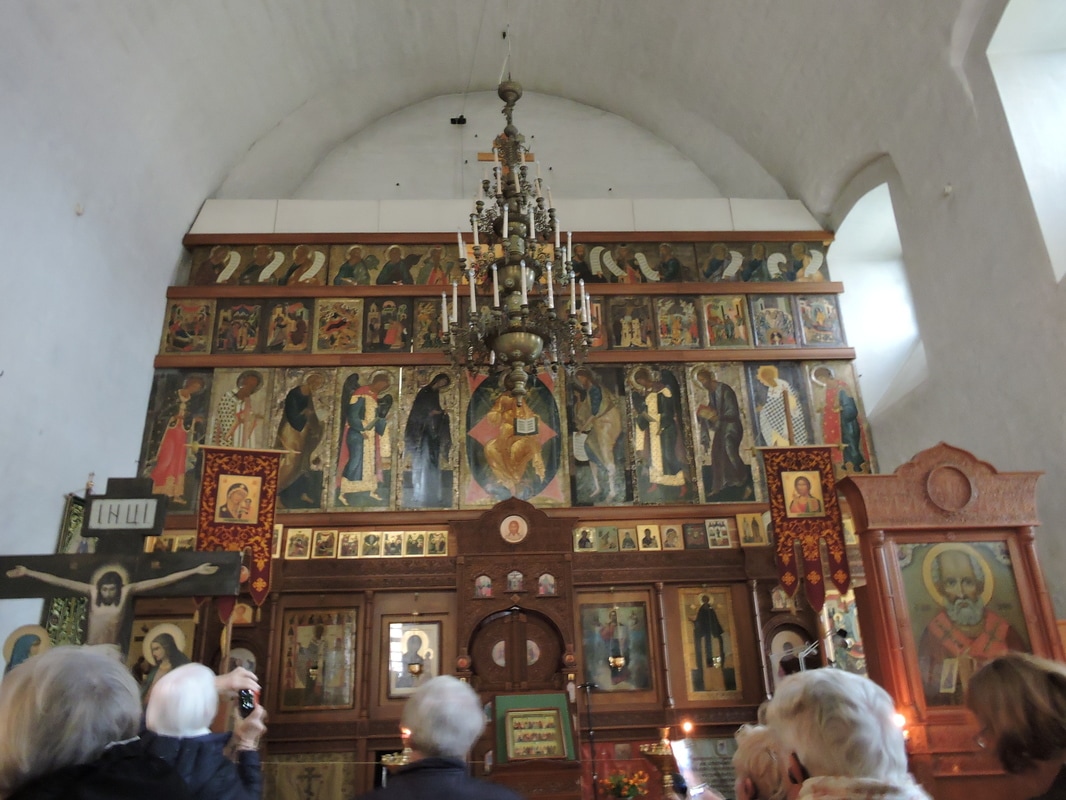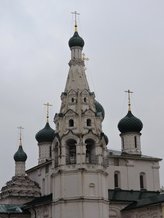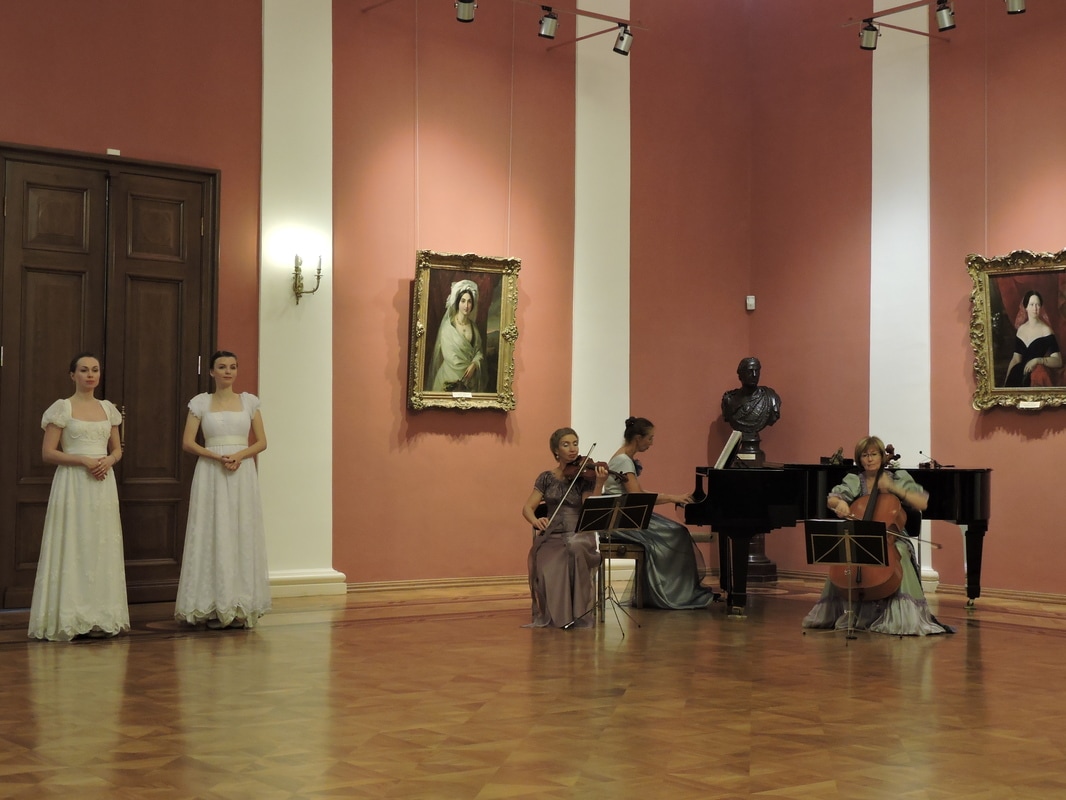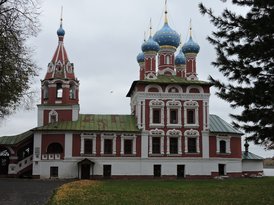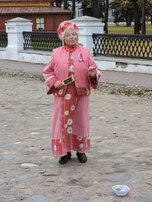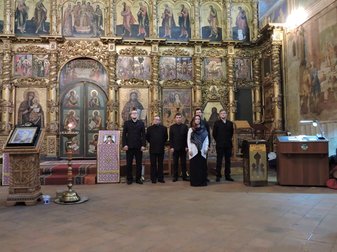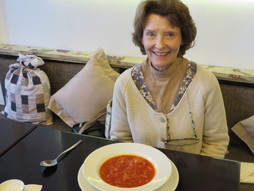|
|
A yellow birch on
The riverbank reflects on
The dark, still water
|
We left St. Petersburg with memories of the cold autumn wind blowing through the willows on the Bay of Finland at glorious Peterhof Palace. Under puffy white clouds in pristine but chilly air, we boarded our cruise ship to begin our pilgrimage down Russia’s waterways toward Moscow. During the night we cruised through Lake Ladoga, Europe’s largest lake, apparently with a lot of rocking of the boat. We noticed none of the turbulence and slept like angels (if indeed angels sleep) with images of the luminous gold mosaic icons of St. Petersburg’s Church of the Spilled Blood floating through our dreams. By morning we were on the gentle Svir River where forests of birch, aspen and pines, all the same height, stood along the banks, the leaves of the aspens and birches turning gold among the deep green and fragrant pines.
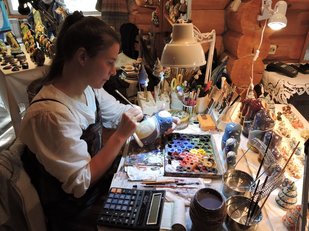
Our first stopping place was the charmingly reconstructed town of Mandrogy, utterly destroyed during the Second World War and now resurrected as a crafts village with lovely little nineteenth century style wooden buildings where the artists live and work. Visitors can observe the artisans carving or painting the famous Russian nesting dolls, called matryoshka, or “little matrons.” This quintessentially Russian art form was probably introduced from Japan well over a hundred years ago and has found a lasting home. Matryoshkas come in a vast variety of sizes, colors and designs. A set can include as many as ten wooden dolls, carved and hollowed out, with each holding a smaller doll. Each doll is sliced into two pieces horizontally, and the fun in is disassembling each doll to discover another doll within and another and another, each brightly and elaborately decorated and only slightly smaller than the doll in which it nests. Matryoshkas can be appreciated for their aesthetic beauty, but they are also fascinating to children, who love taking them apart and putting them back together again. This process is actually an intriguing learning device, helping children to recognize size contrasts and spatial relationships while enjoying artistic beauty.
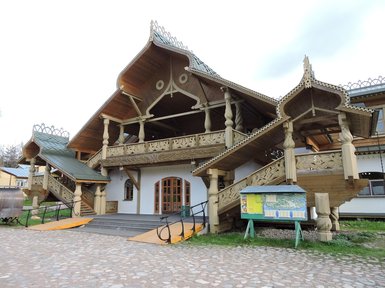
Many other local arts and crafts are available in Mandrogy: jewelry made of Baltic amber, lacquered and beautifully decorated papier- mache boxes, elegant linen shawls, scarves and tablecloths, boxes made from birch bark and pottery. One can enjoy the entire town in a single gentle afternoon stroll. Attractions include a Vodka museum, a smithy, horse stables, a mill and a banya, a Russian style steam sauna. There is also a traditional restaurant in Mandrogy, and we discovered that they sell piroshkyies to go at a little counter in the back. A piroshky is a hand pie, similar to an English pasty, and it can be either savory or sweet. We sampled both, as fortunately, the kitchen continued to send out a steady stream of freshly baked piroshkies in a variety of different flavors. Wayne loved his pork piroshky, and I loved my mushroom version. Both were very fresh and delicious. Other available savory flavors included cabbage, cheese or potato. For dessert I had a cherry piroshky, as delicious as the cherry pies of my childhood, and Wayne ordered one called cowberry, which we later learned is another name for lingonberry, a wild fruit which grows in northern climates and is a frequent ingredient in Nordic cooking and baking. It too was fresh, sweet and memorable. One of the Russian guides who worked on our ship told us that she always gets piroshkies when the boat docks in Mandrogy because they are her favorites. We couldn’t disagree.
A cynic might accuse Mandrogy of being a tourist trap, and we would not argue with that assessment, but we found the place utterly charming, a bit like Colonial Williamsburg in Virginia. The artists were welcoming and gracious, happy to allow the tourists to observe them at their work. And the setting itself, with the authentically constructed wooden buildings surrounded by birch trees, pines, fresh air and the beautiful river, took us back in time to a simpler era when arts and crafts had a dignity and beauty based entirely on the natural world.
|
That night our ship entered Lake Onega, Europe’s second largest lake, near the Arctic Circle, and the northernmost point of our journey. Our destination was Kizhi Island, in the middle of the lake. Dawn was glorious with herringbone cloud patterns in the sky, reflected in the glossy water. But quickly the fog rolled in and our outing to see Kizhi Island’s two Fifteenth Century wooden churches was postponed, as Russian law prevents riverboats from proceeding during fog. In midmorning the fog lifted, and in gorgeous but freezing sunlight we docked at tiny Kizhi for a walking tour along wooden sidewalks to the two beautiful churches. The larger church has twenty-two stunning onion domes, all constructed only of wood and roofed with aspen shingles which glittered like gold in the sunlight. Wooden pegs were used in the construction, but not a single metal nail.
|
|
The larger of the two churches is unheated and is used in summer. The smaller nine-domed church contains a wood stove for winter heating. The churches are made of unpainted horizontal pine logs and share a single plot of land which includes a graveyard filled with Russian style wood crosses. The churches and the cemetery are enclosed by a low stone wall topped by more horizontal pine logs and aspen shingles to keep the cattle and other animals out of the sacred space.
The larger summer Church of the Transfiguration was being restored, so we visited the smaller winter Church of the Intercession. Some of the icons, including the large Transfiguration icon from the larger church were on display in the narthex of the smaller winter church. The interior was decorated entirely with rows of icons and horizontal painted wooden panels. Many of the icons contained gold paint which glowed in the cool dim sanctuary. We were struck by the austere beauty of this remote and ancient place.
Only a small human community remains on Kizhi island, caretakers of these exquisite wooden churches, a windmill and the former home of a merchant, his family and his livestock. As our ship sailed away toward Goritzy, near the White Lake, only a few mallards and sea gulls were at the dock to see us off.
On board, we enjoyed a Russian-style Afternoon Tea, presented as a buffet. The menu included hot Russian Breakfast Tea, served from a samovar with lemon and an array of pastries. These sweets included blini with sour cream and jam, an apple tart with custard on the bottom and a cherry tart, both served cold. There was also a spiral poppy seed pastry, doughnut-like treats with jam centers, and rolled, filled coconut and walnut pastries called Piroshnoye. I noted that there were no chocolate desserts of any kind, nor were there any savory items. We learned that although Russians serve bread with every meal, they do not like sandwiches, and do not even consider them food. This may explain the absence of the little sandwiches that are usually served with Afternoon Tea in other cultures.
|
|
A ruined church stands
In the swollen river; birch
Trees grow through the bricks.
|
On October 4, the Feast of St. Francis of Assisi, we docked at Goritzy to visit the Kirillo-Belozersky Monastery, once the largest religious community in Russia. Founded in 1397 by St. Cyril (spelled Kirill in Russian,) by the Seventeenth Century, the complex included two monasteries and eleven churches, protected by thick walls and eight guard towers. This large community became a center of learning and a place of pilgrimage for Tsars, including Ivan the Terrible, a generous donor. The Kirillo-Belozersky Monastery preserved important religious documents and housed an extensive library. In the Eighteenth Century, the monks felt the wrath of Catherine the Great, who confiscated the monastery lands, and in the Twentieth Century, the Bolsheviks closed the monastery and executed many of the monks.
Today, the monks have returned, the churches are functioning again, and guests are welcome to visit both the churches and the monastery’s museum, all filled with magnificent icons. We arrived in freezing wind and heavy rain, trekking over slippery cobblestones and through chilly puddles, yet the monastery, situated on the bank of the White Lake, was a beautiful beacon, surrounded by marigolds, red salvia and lilac bushes, its glorious green domes calling us through the cold. In the museum we viewed an impressive collection of icons in various styles. We saw a beautiful icon of the Assumption of the Blessed Virgin, referred to as the Dormition in the Russian tradition, for which the monastery’s Dormition Cathedral is named. We also saw a gorgeous Transfiguration icon and two different icons of the Trinity. The traditional Russian Orthodox iconography for the Trinity depicts the three men (actually the Father, Son and Holy Spirit in disguise) who visited Abraham and Sarah as angelic figures. The other Trinity icon, more like the Roman Catholic version, showed the Father and Son as human-like persons and the Holy Spirit as a dove. We were also invited to visit the church, filled with lighted candles reflecting off the golden icons on the lovely iconostasis. St. Cyril is buried in this church under a beautiful gold sarcophagus.
We took a bus ride through the majestic national forest in which the monastery is located. We were told that elk, foxes, bears, eagles and falcons live in this cold, clean northern habitat, but we didn’t see any, just the familiar mallards and sea gulls. The bus took us on to the town of Kuzino, to which our ship had moved in our absence. In the chilly evening back on the boat, we enjoyed a hearty Russian dinner of very good borscht seasoned with a little cumin seed, stuffed cabbage on a beet puree, and a very nice Russian honey cake, sort of like squares of soft graham crackers stacked on top of each other with a honey buttercream filling. Our chef also treated us to a demonstration on how to make Pelmeni, which are little savory dumplings similar to tortellini or perhaps won tons, but served, as is the Russian tradition, with sour cream. If you would like to try making your own Pelmeni, the recipe appears at the end of this blog.
Our next destination was the ancient city of Yaroslavl, a UNESCO World Heritage Site on the confluence of the Volga and Kotorosol Rivers. This charming and cultured city was established in 1010 by King Yaroslav to Christianize the “pagans” who lived along the two rivers and worshipped bears. Yaroslavl is home to the oldest theater in Russia, an excellent university and several of the most beautiful churches in the country. The old town center, where these churches are located, is the UNESCO Site. The Church of Saint John the Baptist is justly famous for its fifteen gorgeously glazed onion domes and its seven-story, elegantly designed bell tower. Constructed of carved red brick, this Fifteenth Century masterpiece is considered the pinnacle of the Yaroslavl School of Architecture.
|
The Church of Elijah the Prophet is also an architectural and artistic gem. Built of brick in 1650, the church has five beautiful bluish green onion domes, a bell tower, and world-famous egg-tempera frescoes in its lush interior. We were fascinated by the painting of Elijah the Prophet at the mouth of his cave, being fed by ravens. Other paintings in the church depict domestic scenes, and the everyday activities of peasants, including harvests, weddings, hunting and animals.
|
|
|
|
While in Yaroslavl, we also visited a lively farmers market, filled with the foods enjoyed every day by Russian families, dark bread, potatoes, cabbages, carrots, onions, the ubiquitous beets, lots of meats and piles of dried fruits. In addition, we had the pleasure of visiting the former Governor’s Mansion, now a museum, where we were treated to a chamber music trio who played classical pieces and a group of young people in period costumes who danced the polonaise, polkas and waltzes, accompanied by the accomplished musicians.
|
Our final stop before cruising on to Moscow was the interesting town of Uglich on the Volga River. Established in 1148, this lovely city is home to 35,000 people and the magnificent Church of Saint Dmitry on the Blood. This memorial church was built to honor Dmitry, the eight-year-old son of Ivan the Terrible. The church is located on the exact spot where the little boy’s bleeding body was found in 1591, apparently killed by a sword. Numerous versions of the cause of the child’s death still abound, from accidentally falling on his sword during an epileptic seizure to murder by a power hungry member of his own family. The beautiful church named for Dmitry contains frescoes depicting the boy’s murder, gorgeous icons and an ancient bell, the one used to call the locals to arms after the boy’s death was discovered.
|
|
A gray cat climbs the
Cold steps of the church and joins
The icons inside.
|
Uglich was once the home of a busy watch factory which employed a large number of skilled jewelers and artisans. Now that the factory has closed, these workers are finding employment in other areas. We had the privilege of visiting one such couple, Vladimir and Rita, in their home, where we were welcomed with generous hospitality. We were greeted by the handsome family dog as we toured the extensive back yard garden where the couple grow their own cabbages and other vegetables for making Borscht. Inside, we were seated around the dining room table with other members of our small group where we were treated to glasses of homemade “moonshine” at nine o’clock in the morning, complemented by dark bread and homemade dill pickles. After three rounds of toasts, Vladimir, who spoke good English, told us about his and his wife’s new occupation as icon artists. With their training as jewelers, they make the silver filigree frames for very elegant icons that are painted by other artists. He showed us an example of one of the finished icons, which would sell for many thousands of dollars. Most of these are being purchased by wealthy Russians who then donate them to the many churches that are being reconstructed after years of religious persecution.
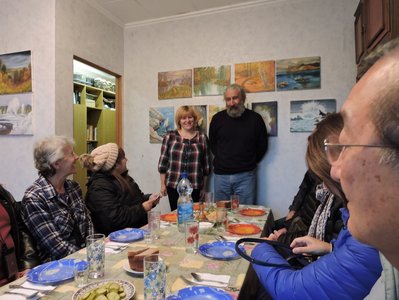
Rita served us excellent hot black tea with pieces of lovely apple sponge cake that she had baked that morning. And we learned a little about their domestic life. The couple showed us some charming paintings made by their young daughter. And their cozy home revealed the entire family’s resourcefulness and self-reliance, with stores of homemade jams and pickles in their pantry and jars of dried mushrooms, which they had picked in the nearby forests. Mushrooms are another important staple of Russian cooking. No doubt Vladimir and his family were compensated by Viking, as our visit was a shore excursion sponsored by our cruise ship, but we left with a sense of genuine friendship and cultural exchange. No matter what may be going on in the political worlds of our two giant countries, ordinary people can still share the simple joy of our shared humanity.
Our final stop in Uglich before cruising down the Volga to Moscow was a visit to the city’s Kremlin, the Russian word for a major fortified central complex. Situated on the high bank of the river and accessible from an old stone bridge, this ancient gathering area houses Uglich’s Spaso-Preobrazhensky Cathedral.
|
An old woman sings
On the cobblestone bridge as
Cold aspen leaves fall.
|
|
Within the cathedral, we had the opportunity to hear a five-person a cappella choir perform a gloriously beautiful ancient church hymn. The high lyric soprano voice of the young girl, the only female in the group, reflected off the soaring golden walls of the cathedral, an aural complement to the glimmering icons. In another church in the Kremlin complex, now a museum, we heard an a cappella male quartet singing ancient liturgical chants in glorious harmonies.
We said “goodbye” to the echoing voices and the cold, clear waterways of old Russia as we enjoyed a charming lunch of local foods back on our ship on our way to an even more famous Kremlin and the bustling city of Moscow. Our meal included Marinated Herring with Potatoes, Ucha, a Russian fish soup with potatoes and onions, and the familiar Blini, filled with sweetened cottage cheese and topped with lingonberries. Russian food and the Russian people themselves seemed not at all foreign to us. Russians are people who like to laugh, sing, dance, eat good food and fall in love, just as we do.
And speaking of love, Kathleen has reminded us in her February blog that this is the month to celebrate St. Valentine’s Day. While Valentine’s Day is not a traditional Russian holiday, it has come to our attention that many Russians in this post-Bolshevik era enjoy a little romance along with the rest of us, and Russians have been known to celebrate this special day with love letters, poems, flowers, candy and romantic walks in the park. Does this sound familiar? Taking an imaginative leap, I would like to leave you this month with a Russian-inspired Valentine’s Day Lunch menu, including the recipe for the promised Pelmeni. We can find the rest of the items for this menu in myteaplanner.com and in our various blogs. Happy Russian Valentine’s Day!
A Russian Valentine’s Day Lunch
Borscht with Pelmeni Garnished with Sour Cream and Dill
(Recipes below)
Charlotte’s Marinated Mushrooms
(A Russian Tea, myteaplanner.com)
Open-faced Smoked Salmon Sandwiches on Swirled Rye
(A Russian Tea, myteaplanner.com)
Charlotte Rousse
(A Russian Tea, myteaplanner.com)
Suzi’s Marbled Sugar Cookie Hearts
(Kathleen’s Blog: February 2017, “Valentine’s Day”
Russian Caravan Tea and or Vodka
Borscht (Russian Beet Soup)
Chef Oleg Zagorodnyk of Ha kyxhe restaurant and cooking school in St. Petersburg taught us to make this very delicious and healthy Borscht. We have made it several times since returning home to Hawaii. We hope you enjoy it as much as we do. You can add protein and extra flavor to this already nutrition-packed soup by including freshly cooked Pelmeni, Russian meat dumplings. The recipe for Pelmeni follows.
- 2-3 medium sized beets, greens removed and peeled
- 1 large onion
- 2 medium sized russet potatoes
- 1 small head of cabbage
- 1 large carrot
- 4 tablespoons butter (or use olive oil, but the flavor will not be as good)
- 2 cloves of garlic
- 1 slice of lemon, peel cut off
- salt and pepper
- 1 bay leaf
- 1 large can (49.5 ounces) chicken broth
- sour cream for garnish
- chopped sprigs of fresh dill for garnish
Special equipment: large sharp knife, wooden spoon or heat-proof rubber spatula, food grater, large Dutch oven or other cooking pot with lid, ladle
Makes: 6-8 servings
- Thinly slice the onion, beets and potatoes; then cut them into small julienned pieces. Melt the butter in a large Dutch oven or cooking pot over medium low heat, and add the cut-up vegetables, stirring with a wooden spoon or rubber spatula until the onions start to turn golden.
- As the vegetables continue to cook, grate the carrot and the cabbage and add them to the pot, stirring to make sure the vegetables do not stick to the bottom and burn. Add a little of the chicken broth if the mixture becomes too dry. Saute the vegetable mixture for about 20 minutes.
- Season the vegetables in the pot with salt (about 1 teaspoon) and freshly ground pepper to taste and stir. Add the bay leaf. Finely mince 2 cloves of garlic and stir into the vegetable mixture. Cook briefly. Pour the remaining chicken broth into the pot, and bring the soup to a simmer on medium heat.
- Chop the lemon slice into small pieces and add to the pot. (The purpose of adding lemon is to preserve the bright red color of the beets.) Place the lid on the pot at an angle so steam can escape and simmer on low heat for about half an hour. Taste the soup and adjust the amount of salt and pepper if you wish.
- To serve, ladle the Borscht into bowls, top with a dollop of sour cream, and sprinkle each bowl with a little chopped fresh dill. Add Pelmeni to the Borscht if you wish.
Pelmeni
These little savory dumplings resemble tortellini or won ton and are delicious boiled and served in soups, like the Italian and Chinese versions. This recipe calls for a meat filling of ground beef, ground pork, onions and garlic. You can also make vegetarian Pelmeni by filling the pasta pockets with a mixture of ricotta cheese, black pepper and chopped chives. These Pelmeni will be boiled and added to a pot of hot Borscht for a hearty Russian lunch.
For the Pasta:
- 3 cups flour, plus more for rolling out the pasta
- 2 large eggs
- ¾ cup water
- ¼ teaspoon salt
For the Filling:
- ½ pound ground beef
- ½ pound ground pork
- 1 onion, finely chopped
- 5 garlic cloves, finely chopped
- ½ teaspoon salt
- ½ teaspoon freshly ground black pepper
- 2 large egg whites, beaten
Garnish:
- Sour cream or
- Melted butter
- Sprigs of dill
Special equipment: large mixing bowl, fork, rolling pin, ruler, round 2-inch cookie cutter, medium sized mixing bowl, teaspoon, pastry brush, large cooking pot
Makes: 6 servings
- Make the pasta. In a large bowl, combine 2 cups of the flour, 2 eggs, water and salt. Stir with a fork until the flour is moistened and the eggs have been incorporated into the mixture. Knead, adding the remaining flour, until the dough forms a ball.
- Transfer the dough to a floured surface and roll it out until it is very thin, about 1/16”. Using a round 2” cookie cutter, cut the dough into circles. Set aside. Bring a large pot of water to a boil over high heat.
- Make the filling as the water comes to a boil. Combine all of the filling ingredients in a medium sized bowl and mix thoroughly with your hands. Place a teaspoon of the filling in the center of each of the dough circles. Brush the edges with egg white and fold each dumpling in half, pressing the edges to seal.
- Add the Pelmeni to the boiling water and cook for about 5 minutes until the filling is cooked through. Serve alone topped with sour cream and dill or melted butter, or add to a pot of hot Borscht for a hearty soup.
